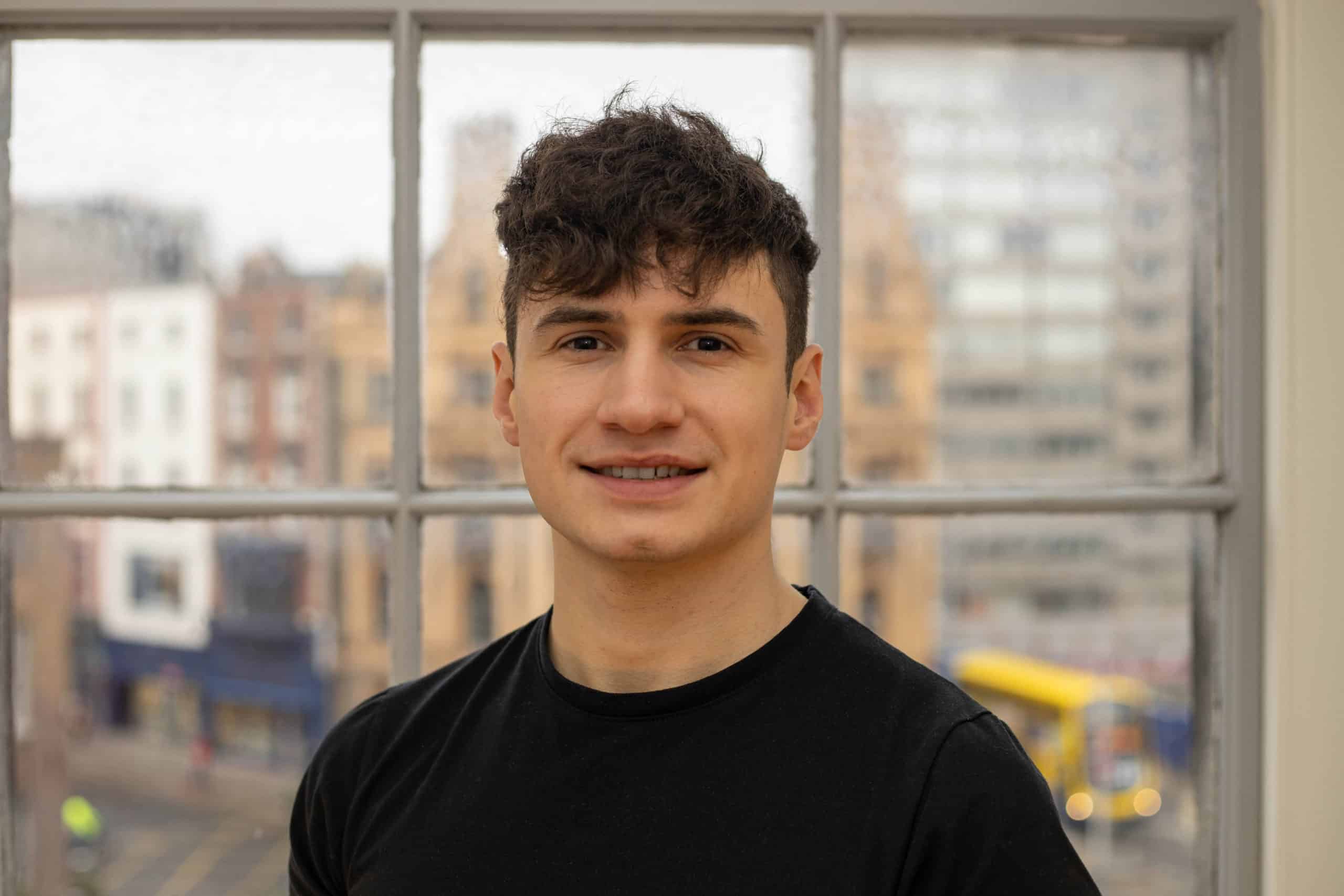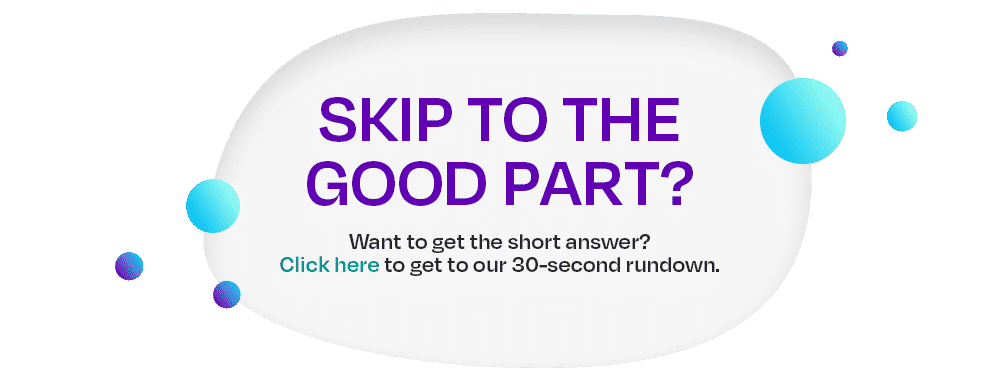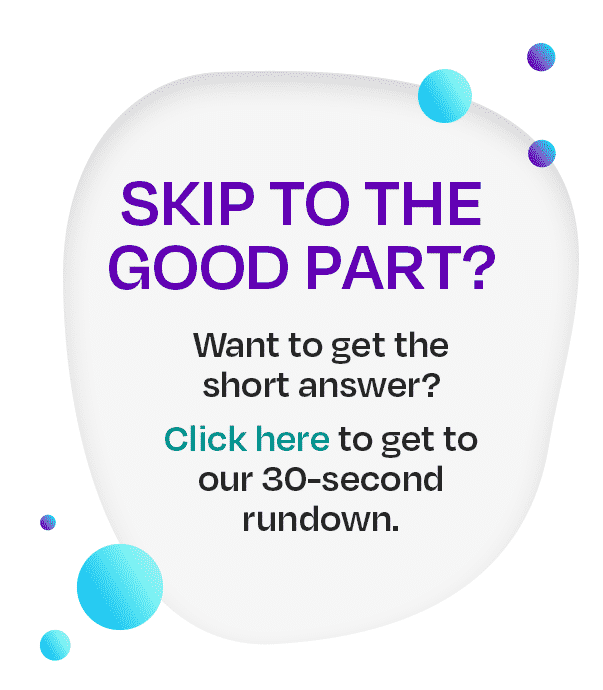Facebook Lookalike Audiences after iOS 14.5
Will iOS 14.5 be the end of Facebook lookalike audiences?
For the past decade, mobile apps have been able to rely on Apple’s Identifier for Advertiser (IDFA) to track users across other companies’ apps and websites for targeting and advertising purposes.
IDFA is a unique and totally random ID number assigned to each and every iOS device. In addition to browser tracking, IDFA also allows you to track user behavior within applications.
But then, Apple released the iOS 14.5 updates in April 2021 and the end of cookies was upon us! 🙅♀️🍪
The update tackled bugs and other issues in the iOS software and aimed to improve user experience on mobile devices. But the update also included a change that caused uproar in the advertising world. It was a new privacy update that turned off IDFA by default and gave iOS users the ability to opt-in or opt-out of third-party data tracking by mobile apps.
In essence, iOS app developers are now required to request permission to track their users beyond the app in use. So now, a prompt asks iOS users if they want to allow the app to track them. Unsurprisingly, most of the users say NO!
In this blog, we’ll look at how you can optimize your Facebook ad lookalike audiences even in the aftermath of iOS 14.5.


Join the Optily newsletter!
Stay up-to-date on platform changes, digital marketing tactics, and industry news. We promise we won’t spam!
The iOS update has caused a major change in the way Facebook advertising works. The reality of the iOS 14 update is, however, that Facebook ad campaign performance is down. A particular problem is seen by those who rely on Facebook Lookalike Audiences to reach their target markets. Research shows that only 46% of American iOS users are currently opting into ad tracking when presented with the opt-in notification.

What are Facebook lookalike audiences?
Facebook Lookalike Audiences is a Facebook (Meta) tool that allows companies to target users that have similar characteristics to their existing customers and followers. It’s a way to reach people with similar demographics and interests to your ideal customers. This improves the chance of finding high-converting users.
If the existing customers are receptive to your ads, chances are, the Lookalike Audiences will be receptive too!
However, with iOS users now increasingly opting out of tracking, advertisers have lost a lot of data. Whereas before, they had access to information gleaned from third-party tracking apps, that’s now gone — as are the customer insights that data provided. Therefore, ad sets and audiences that performed well in the past may not show the same results today. This is because Facebook now has less data with which to create those target audiences!
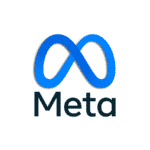
What changed with iOS 14.5 and Facebook lookalike audiences?
Up until the release of iOS 14.5, Apple had allowed each device to have a unique and resettable identifier. This was accessible to all apps downloaded on that device. This ID, the Identifier for Advertisers (IDFA) could be used by marketers to measure clicks and compare them to installs, which mobile measurement partners (MMPs) were then able to attribute.
What the iOS update now means for marketers, however, is a potential lack of precision and accuracy in user acquisition (UA), attribution, and campaign performance. This is simply because advertisers have less visibility into user-level data and campaign metrics. UA with the IDFA relies on precise campaign data that gives marketers visibility over performance. This in turn empowers decisions around which channels to invest their budget in, and how to optimize performance.
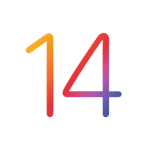
Do Facebook Lookalike Audiences still work after iOS 14.5?
So, do Facebook Lookalike Audiences still work after iOS 14.5? The short answer is yes, but differently. To understand this, we must first understand where Facebook Lookalike Audiences come from.
Facebook Lookalike Audiences are based on a source audience. The source audience can come from the following:
The Facebook Pixel
Facebook gives you a piece of code (a pixel) to install on your website. The pixel is fired when someone takes an action on your website. This action could be browsing a product page or making purchases. The pixel helps to understand the actions visitors take on your website.
For example, you can create an audience of people who bought a product from your website. This can then be used as a source audience for your Lookalike Audiences. This way, Facebook will search for similar users like the ones who have already purchased from you and show them your ads.
You can learn more about the Facebook Pixel by reading Giving You The Edge: Tracking Pixels.
Mobile app
With the Facebook SDK, you can create a source audience from mobile app users. For example, you can create a source audience of people who have installed your app on their mobile phones, opened it, abandoned a purchase, purchased, finished registration, played or reached a specific level of games. Facebook will search for a similar audience you can target with your ads.
Facebook page
The Facebook page audience consists of users who have visited your page, engaged with a post or ad, clicked on a call to action button, sent a message to your page, and saved your page or a post. Using this audience as a source audience will help you target the most engaged users who will respond to your campaigns.
CRM segments
This consists of the email list acquired from newsletter sign up or from past customers from your CRM or autoresponder.
You can learn how to create the ultimate email list in our “Giving you the Edge: Email Marketing” blog.
Obviously, advertisers can only upload data from customers who have expressly given their permission to market to them. The new iOS update has clearly impacted on the first 3 ways of using Facebook to create your source audience. But the news is not all bad. With your CRM segments, you may be sitting on a goldmine!
The solution to post-iOS 14.5 Facebook lookalike audiences
Thankfully, there are a few brilliant ways that your business can thrive even after the iOS 14.5 update.
Email Lists
The email lists you already possess are key. These are people who have interacted with your business before and have clearly expressed interest. This can be used as a source audience to help Facebook search and match users with emails. Use this source audience to find similar customers, especially top spenders and create a targeted campaign for them.
For example, if you have a list of customers’ details such as their name and surname, email addresses and phone numbers from your business, you can upload it to Facebook on Facebook Ads Manager. The algorithm will help to find users who have similar traits like your past buyers. This new audience can now be the target audience!

Optily
Using Optily is an incredible way to ensure your business’s ads stay amazing in a cookie-less world.
Optily, works with the data you have– if it’s cookie data great, if it’s ad data straight from Facebook and Google Ads, that works too. Since there’s no Optily Pixel, we don’t generate any of our own third-party data. We built our algorithm to work with the signals it gets from the platforms and analytics tools you have access to.
This means that even if people are opting-out of iOS 14.5 cookies, our software will still work to its full potential.
Find out how Optily can supercharge your advertising across the entire online ad world to achieve incredible ROAS today!
Conclusion
Although iOS 14 and its recent 14.5 update have shaken up the advertising world, it’s not all bad news.
There are many ways for ads to survive in the post iOS 14 opt-out world. Your business just needs to find the right way to do so, by employing some of the tactics we talked about in this blog.
Thanks for reading!
